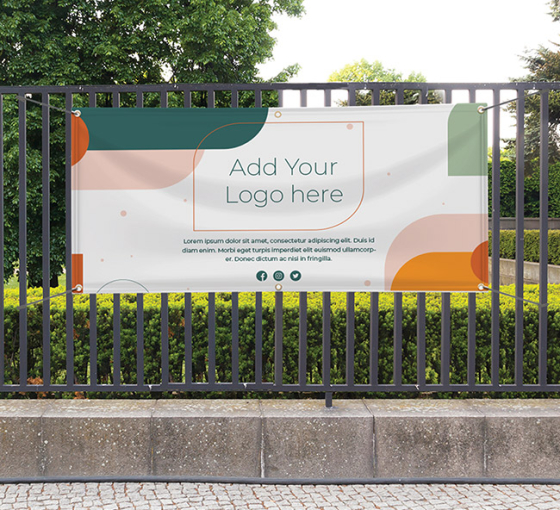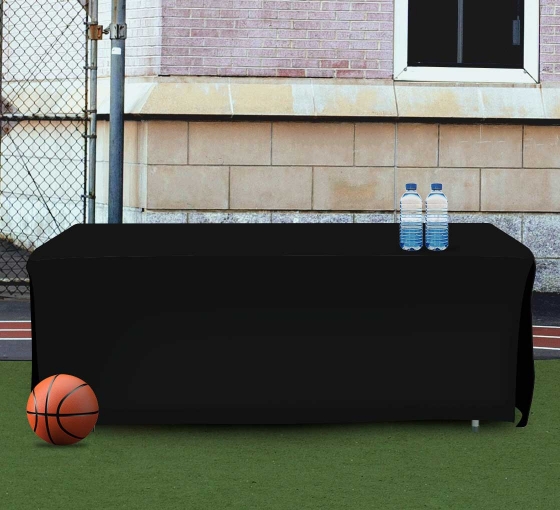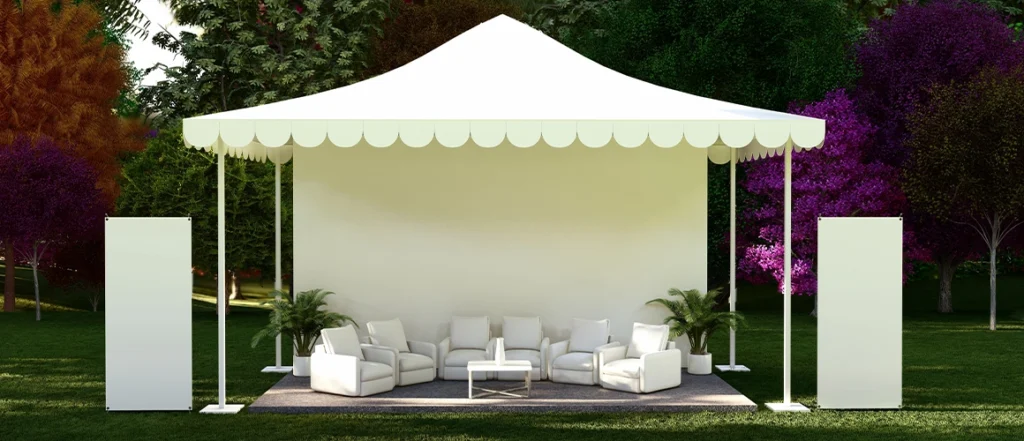
Canopy tents, also known as gazebos, are incredibly versatile and perfect for everything from giving your business a presence outdoors to hosting a great barbecue or special event. If you have one, you know how important it is to keep it in good shape. Since these tents are exposed to the elements, making sure they stay durable and ready for the next use is essential. Here are five key ways to maintain your canopy tent so you can continue getting the best out of it.
- Setup
The first and the most basic step to upkeep your tent is canopy tent installation. It’s quite simple to set up given you follow the instructions in the canopy tent guide carefully. Inappropriate setup may lead to structural damage and cause safety concerns, which you surely want to stay away from.
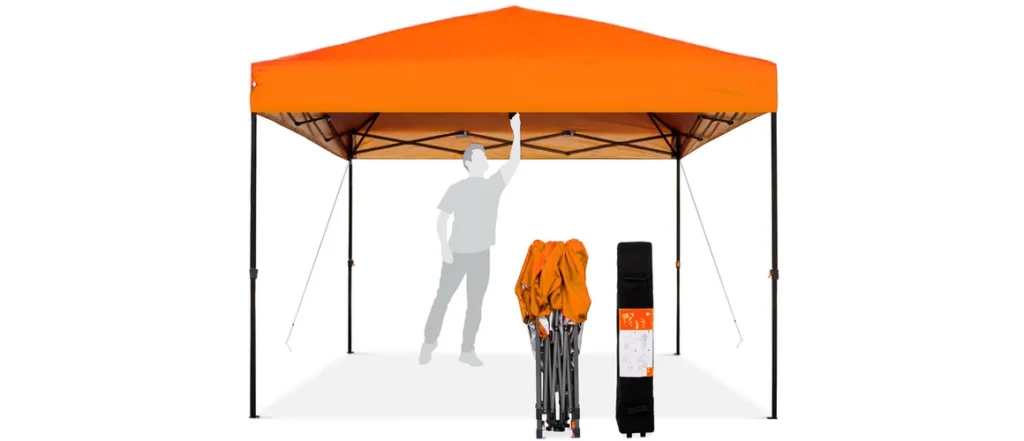
- Custom pop up tents usually have a no-assembly–required design coming with a pre-built frame which you simply expand, and it gets erected in its own.
- Open the carrying case, take out all the parts carefully and start expanding the canopy from each of the four legs partially.
- It’s helpful to have four people around, each for one leg.
- Make sure that the height-adjustable legs are of the same height, and the roof is properly attached.
- Now, slowly expand your canopy to its complete size, attach any tent accessories that are needed and double-check the Velcro fasteners or tie downs to get a secure hold.
- Make sure you do not damage any parts during installation and if you want a detailed description of tent setups, do watch video tutorials or contact customer support.
There are few pointers you’ll have to keep in mind when setting up your tent:
- Choose the terrain wisely: An even and level surface to set up your custom canopy tent is top priority. Do not erect your canopy on soggy, rocky, sandy, bumpy or rough ground as it may sustain damage or even topple altogether. Choose a location with a smooth, flat, and plane surface where the legs of the canopy can be rooted well, and the uncertain weather doesn’t damage the tent. Surfaces with short grass and semi-firm soil are the best for staking, just make sure there are no potholes or cracks around. Stay away from bushes and trees as with the wind they can rip the tent’s fabric and might make it fall. Location is one of the main things to consider while installing your tent as it ensures damage control and security.
- Tent Stakes: If you want to make your custom canopy tent / gazebo tent stable and secure, then tent stakes, especially of steel, are a great option. Most canopy tents have stake holes on each of their legs, take a stake of roughly six inches to a foot in length to fasten to the base of the tent to provide superb hold. Make sure you buy stakes of the strongest possible material, plastic or light metals usually bend, break or uproot from the ground when applied pressure. Choose stakes made of steel for strong durability and a powerful hold. Your tent stakes should not be straight without any head, buy stakes that have a hooked head for a strong grip and hold under force. Keep a hammer handy and use it to stake the tent all the way into the ground.
- Tent Weights: If your canopy tent installation is on hard concrete, then tent stakes are not going to be of any help. To ground your tent and keep it away from being blown away or knocked over; use weights. Attach metal tent weights or sandbags/ Gazebo Weight Bags with Velcro straps to each of the legs to balance the weight and prevent your canopy tent from swaying, sliding and blowing away in the wind.
- Anchors: For extra stabilization and reinforcement, add tent anchors while installing canopy. Anchors are durable straps fastened to the tent’s frame and attached to a steady object near the tent. You can use stakes for the anchor to provide extra hold and grip. Do not let the anchor pull your tent in any direction causing it to tear or get damaged. The idea is to create balanced tension to assist your tent stakes or weights.
- Cleaning
An essential step in maintaining custom pop up tents is cleaning them regularly to prevent all kinds of dust, dirt and debris from getting accumulated and damaging the fabric. Here are a few things to remember while cleaning your tent:
- Always use a soft brush or sponge to clean the fabric.
- You can use a mild soap or water solution to clean the tent.
- Never use harsh detergents or bleach as they will damage the fabric of the canopy.
- Do not use a pressure washer to wash the tent as it can damage the frame as well as the fabric.
- To preserve your waterproof coating, do not scrub the fabric with a hard bristled brush.
- Use water to rinse the tent thoroughly and let it dry completely before storing it.
- Abstain from storing the tent when it is wet as it may cause mildew and mold to grow.
- Store the tent in a dry, clean and cool place.
- Inspection
Checking your tent for potential issues is important as it allows you to know your tent better and make it ready for the next outing. Some things to remember while inspecting:
- Examine your tent carefully before and after every use to check for damage and wear & tear.
- Check the fabric for any tears, holes and loose seams. Also, inspect the pop up gazebo frame for any rust or damage.
- If you observe any damage, repair it at the earliest to increase the tent’s life.
- Storage
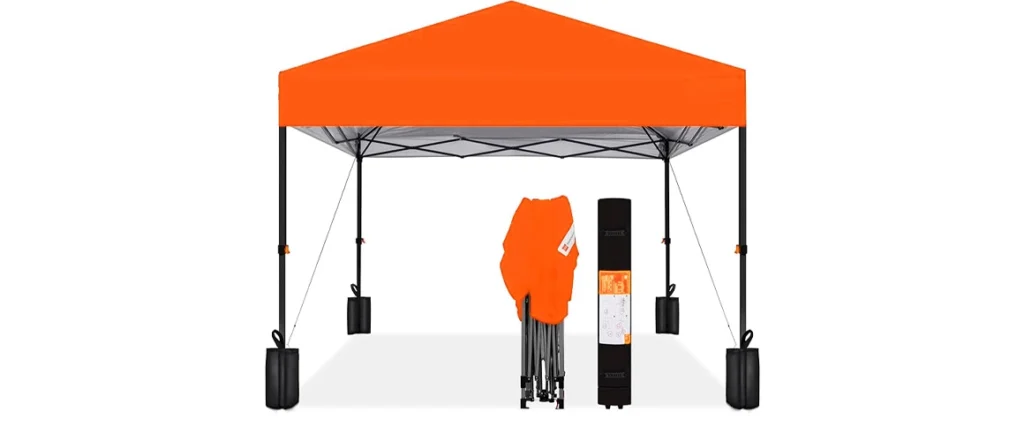
Storing your canopy tent properly is pivotal to extend its life. A few tips to remember for storing your tent correctly:
- Clean the tent well: before storing your tent, make sure that it is clean and dry. Remove any stains or dirt from the fabric and let it dry completely to prevent mildew or mold from growing.
- Fold the tent properly: fold the custom canopy tent 10 x10 with care to prevent any wrinkles or creases from forming on the fabric. Follow the set-up guide correctly and make sure that the tent is not either too tight or too loose.
- Dry and clean place: store your tent in a dry and clean place to keep it away from moisture and dirt from piling up on the fabric. Avoid storage in a damp or humid place as it may cause mold and mildew to grow. Use a proper storage bag or container to keep the tent protected from any kind of harm.
- Maintenance and Repair Damage
Regular maintenance of your canopy tent will benefit you in several ways as it:
- Extends the life of your tent
- Prevents damages and wear & tear
- Improve the appearance of the tent
- Help you save money on repairs or replacements
- Ensures safety of your customers and employees
Over time your canopy tent will bear damage, regular maintenance and damage repairs will only add to your tent’s life. Here are a few ways you can fix your tent:
- Holes/tears: if you have holes or tears on the fabric, patch them with a repair kit that comes with the tent or buy one separately. Follow the given guidelines carefully to patch your tent correctly.
- Damaged Parts: if any part of the frame is completely damaged, replace it as soon as possible. Contact the manufacturer to find the right replacement parts that are compatible with your tent.
- Professional Help: if the damage is severe and you are not able to repair it, seek professional help. Take your tent to a repair service center where they can assess the damage and give you the cost estimates so you can consider a replacement.
There you go, if you follow the guidelines given above you will be able to easily extend your pop-up tent’s life and use it to its fullest potential. Remember, canopy tents are meant for temporary use only; don’t wear yours out for a long time as you will spend more as each day passes by. Choose your canopy wisely and always go for quality to buy a product from the best brands that fulfills all your needs.
So, go out there and stake your tent!!!
- Written by
BannerBuzz Editorial Team



















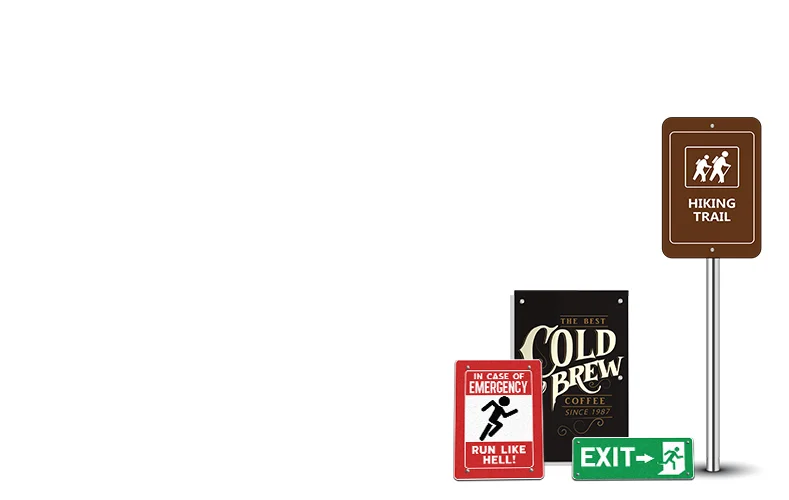




 Posted in
Posted in 







